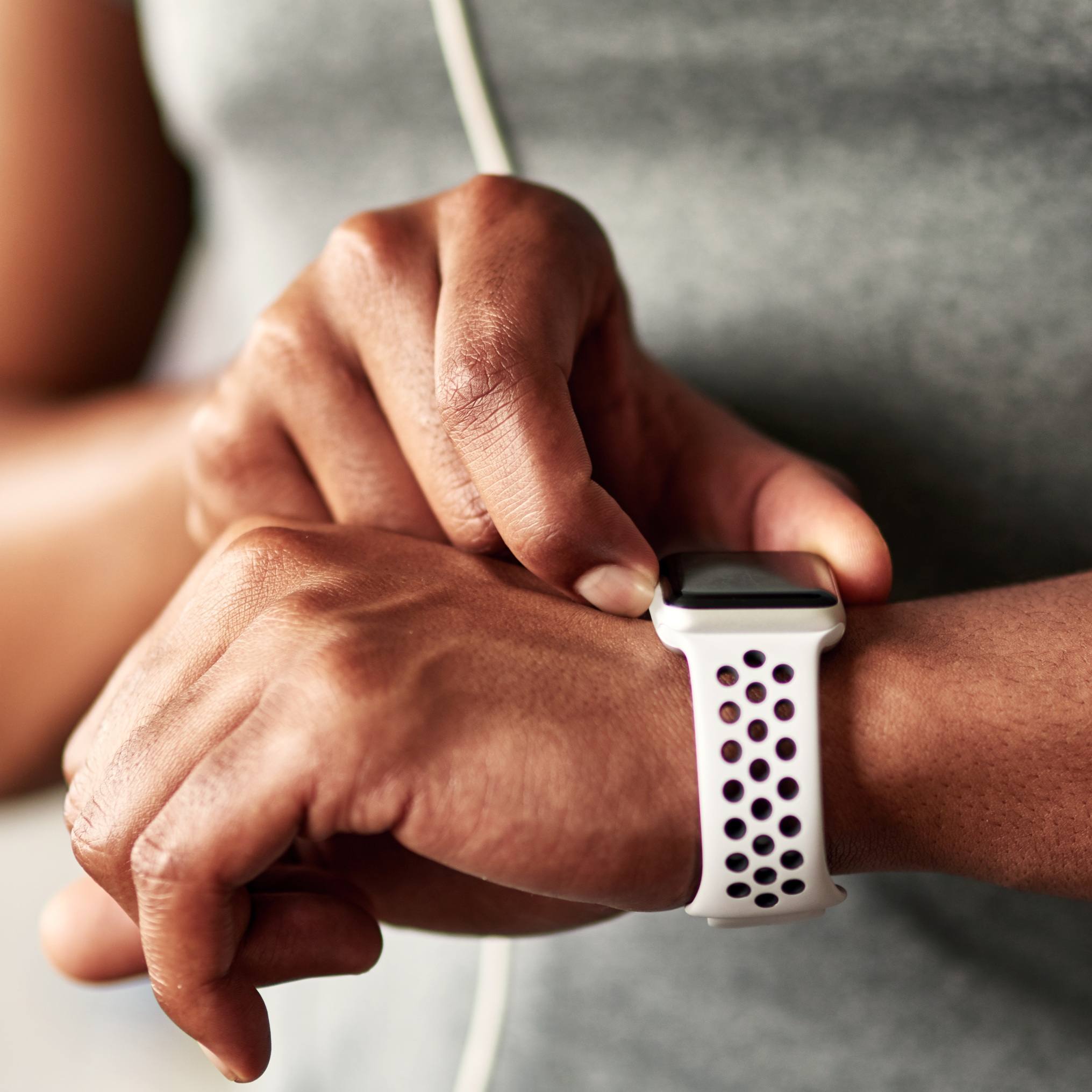Exercising at your target heart rate can boost the cardiovascular benefit of your workouts. It's the point at which your heart is being exercised and conditioned but not overworked. But how do you know if you're reaching the mark?
Jeff Olsen talks with Nicole Burow, a health and wellness coach at the Mayo Clinic Healthy Living Center who explains how you can find and monitor your target heart rate.
Journalists: Broadcast-quality video pkg (0:58) is in the downloads. Read the script.
As Rebecca runs, she's monitoring more than the mileage. She's also tracking her heart rate.
"The benefit to working out in your target heart rate zone is to improve your cardiovascular and respiratory health," says Burow.
Burrow says exercising at your target heart rate strengthens but doesn't overwork your heart. It also builds lung capacity and improves overall well-being. To find your target heart rate, subtract your age from 220 to reveal your maximum heart rate. A target heart rate is a percentage of your maximum heart rate.
"Fifty to 70 percent is more moderate exercise," says Burow. "Seventy to 85 percent is a more vigorous-intensity exercise for most people."
Pick your target. Then, make sure you're hitting it by checking your heart rate during exercise. Burow says wearing technology may be more accurate than the pulse monitors built into machines.
"The most accurate you're going to get is if you take your own pulse either at your neck or wrist," she says.







